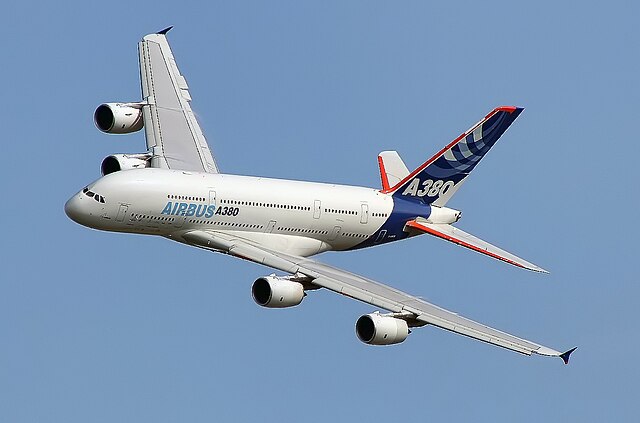Loading AI tools
Aircraft with two passenger decks From Wikipedia, the free encyclopedia
A double-deck aircraft has two decks for passengers; the second deck may be only a partial deck, and may be above or below the main deck. Most commercial aircraft have one passenger deck and one cargo deck for luggage and ULD containers, but a few have two decks for passengers, typically above or below a third deck for cargo.
This article needs additional citations for verification. (December 2007) |


Many early flying boat airliners, such as the Boeing 314 Clipper and Short Sandringham, had two decks. Following World War II, the Stratocruiser, a partially double-decked derivative of the B-29 Superfortress, became popular with airlines around the world.
The first full double-deck aircraft was the French Breguet Deux-Ponts, in service from 1953. The first partial double-deck jet airliner was the widebody Boeing 747, in service from 1970, with the top deck smaller than the main deck. Boeing originally designed the distinctive 747 bubble top with air cargo usage in mind.[citation needed] The small top deck permitted the cockpit and a few passengers and nose doors with unobstructed access to the full length of the hold. Most 747s are passenger jets, and a small percentage are cargo jets with nose doors.
The first full double-deck jet airliner is the Airbus A380, which has two passenger decks extending the full length of the fuselage, as well as a full-length lower third deck for cargo. It entered regular service in late-October 2007.[1]


Canceled projects for double-deck passenger aircraft
Seamless Wikipedia browsing. On steroids.
Every time you click a link to Wikipedia, Wiktionary or Wikiquote in your browser's search results, it will show the modern Wikiwand interface.
Wikiwand extension is a five stars, simple, with minimum permission required to keep your browsing private, safe and transparent.